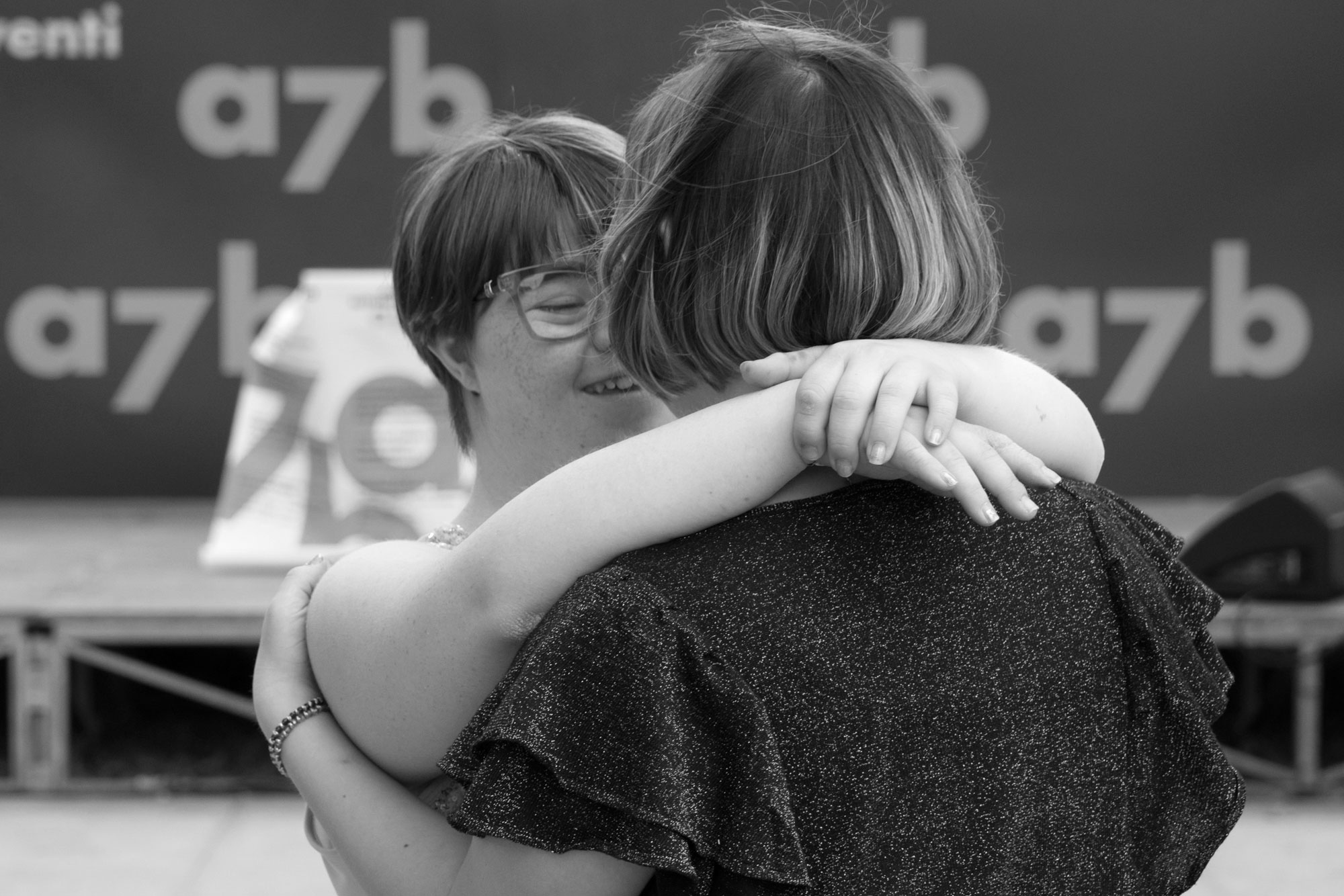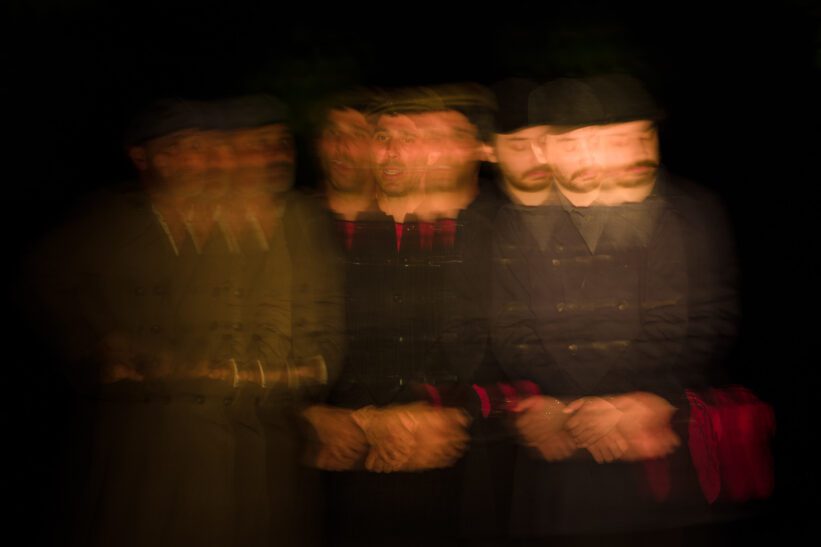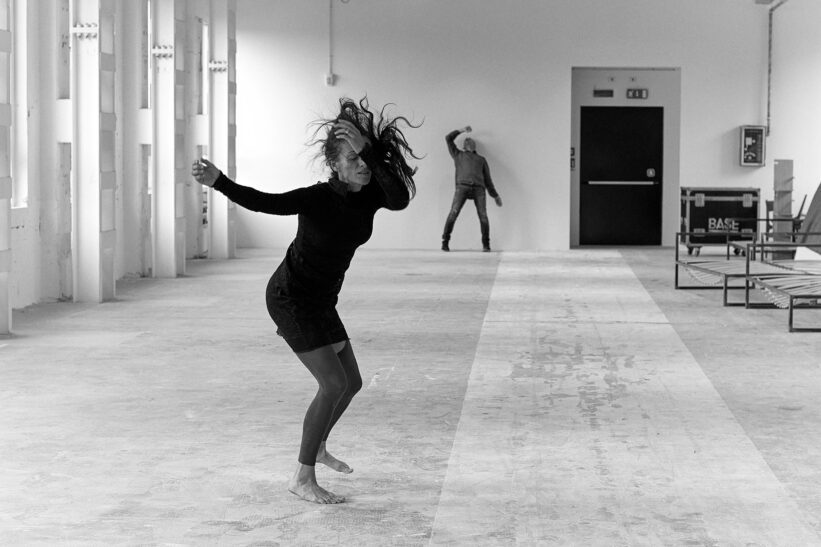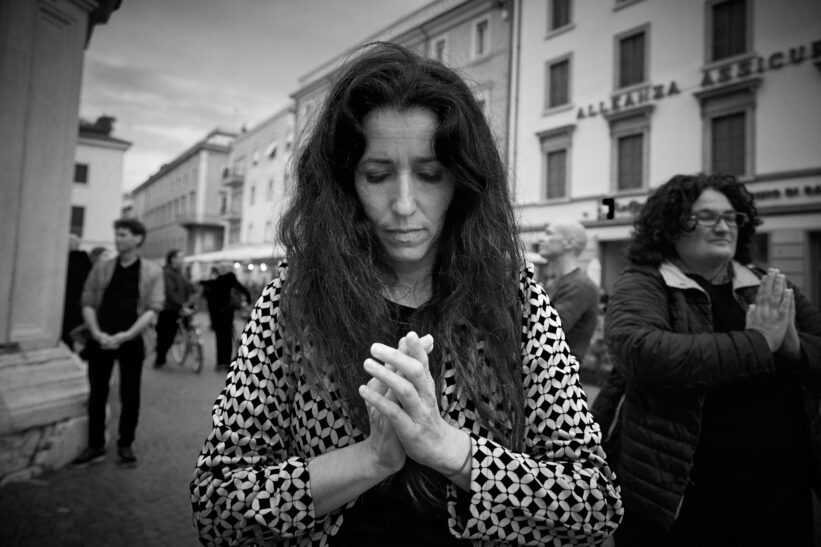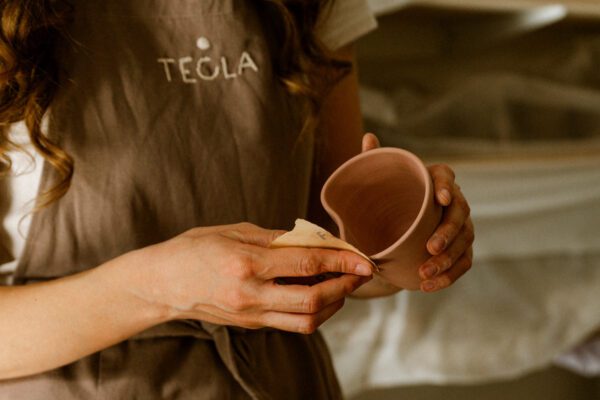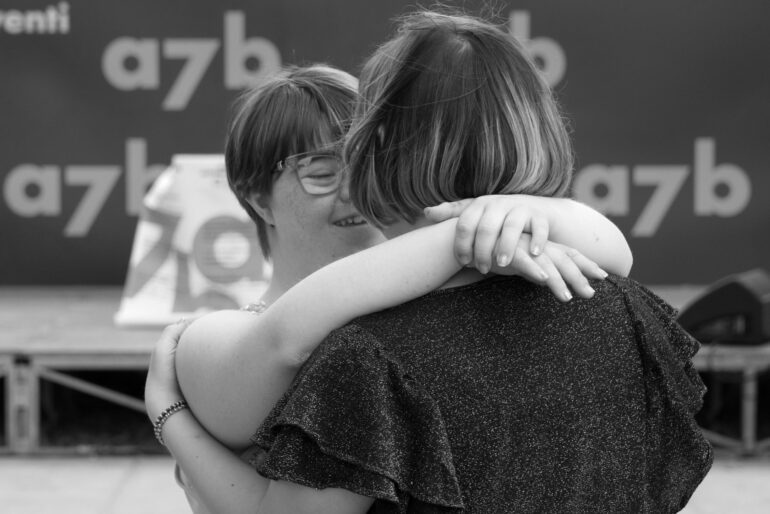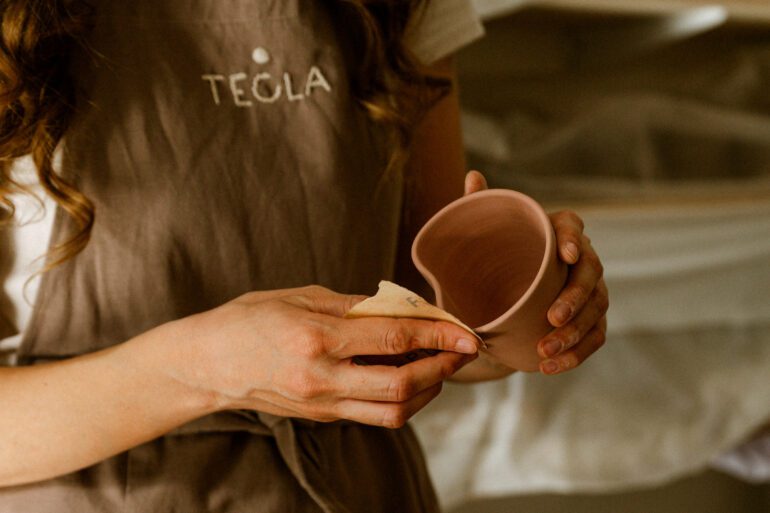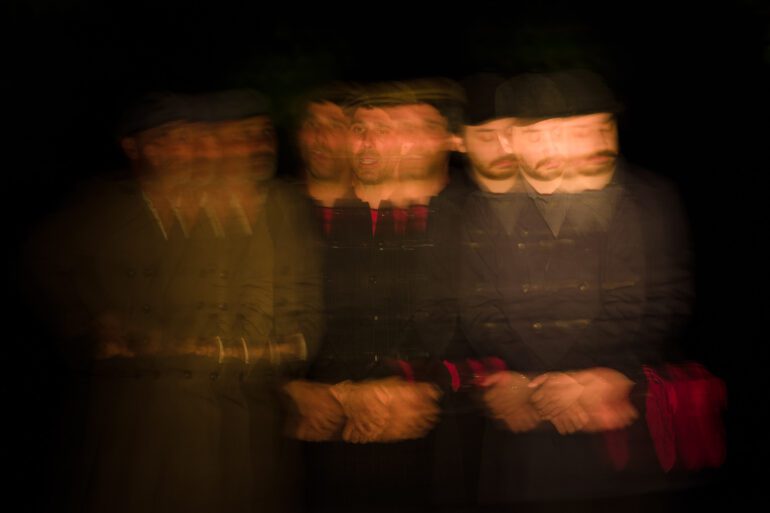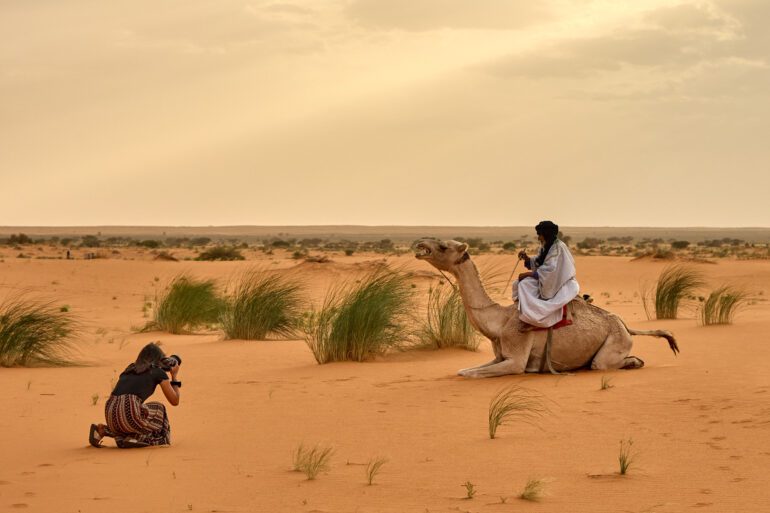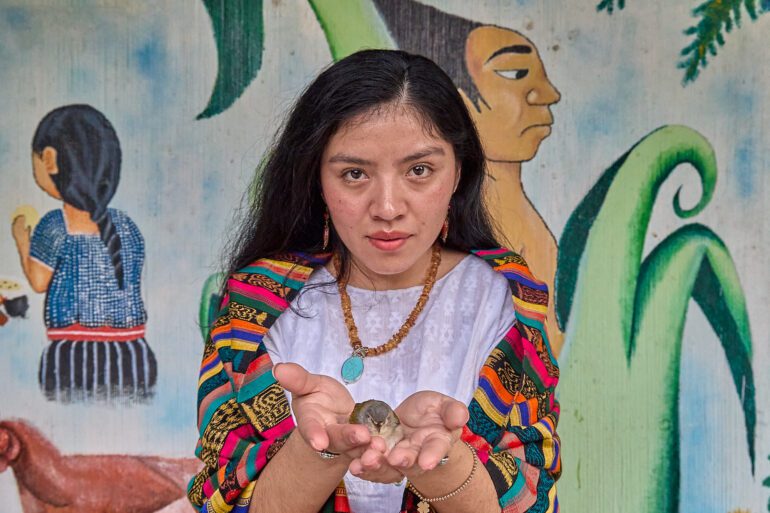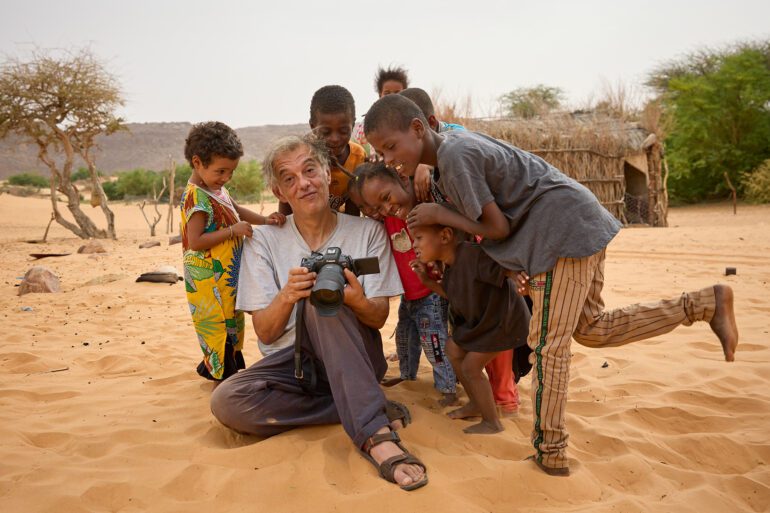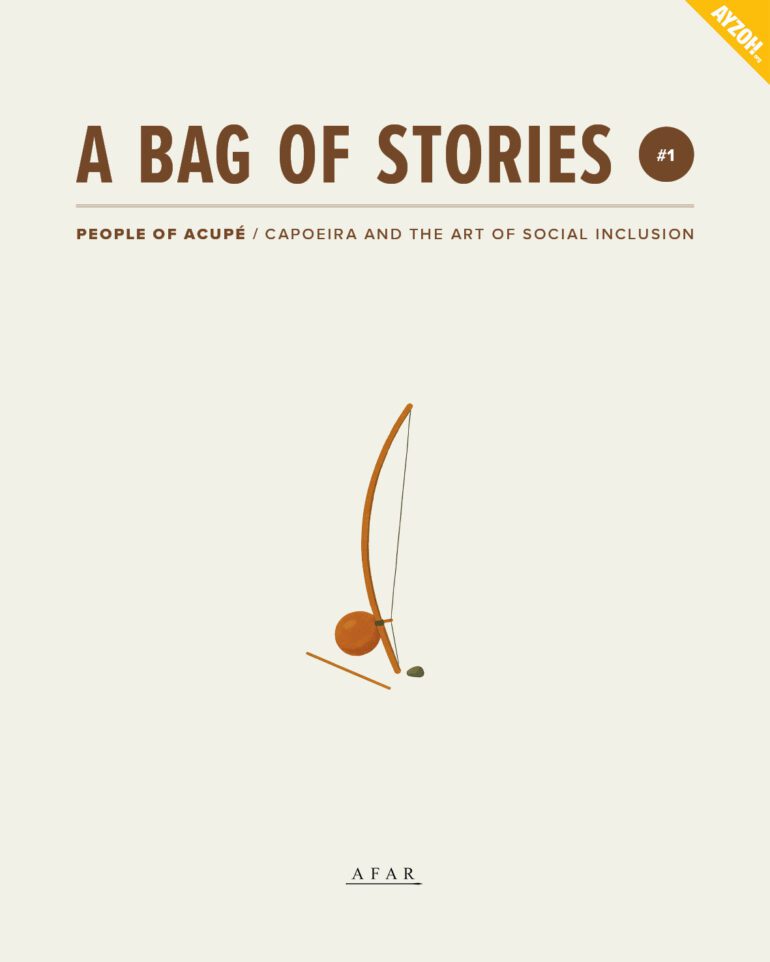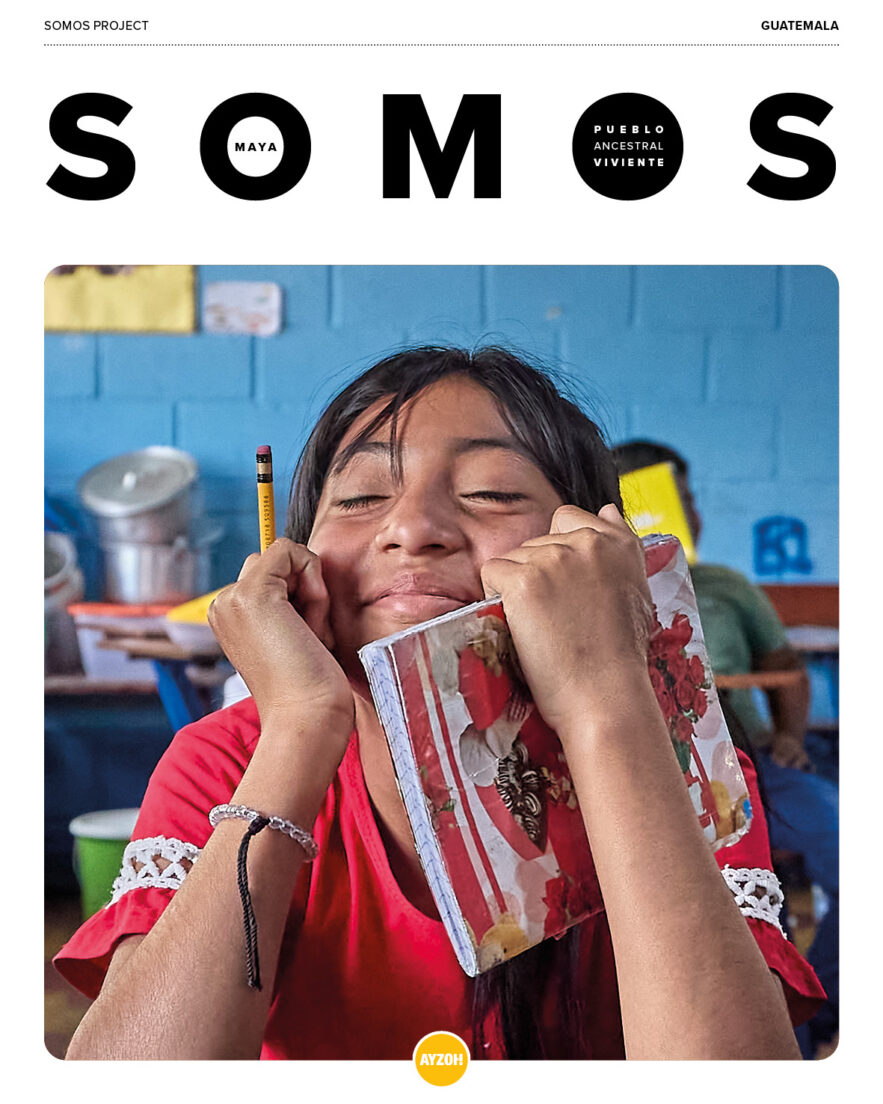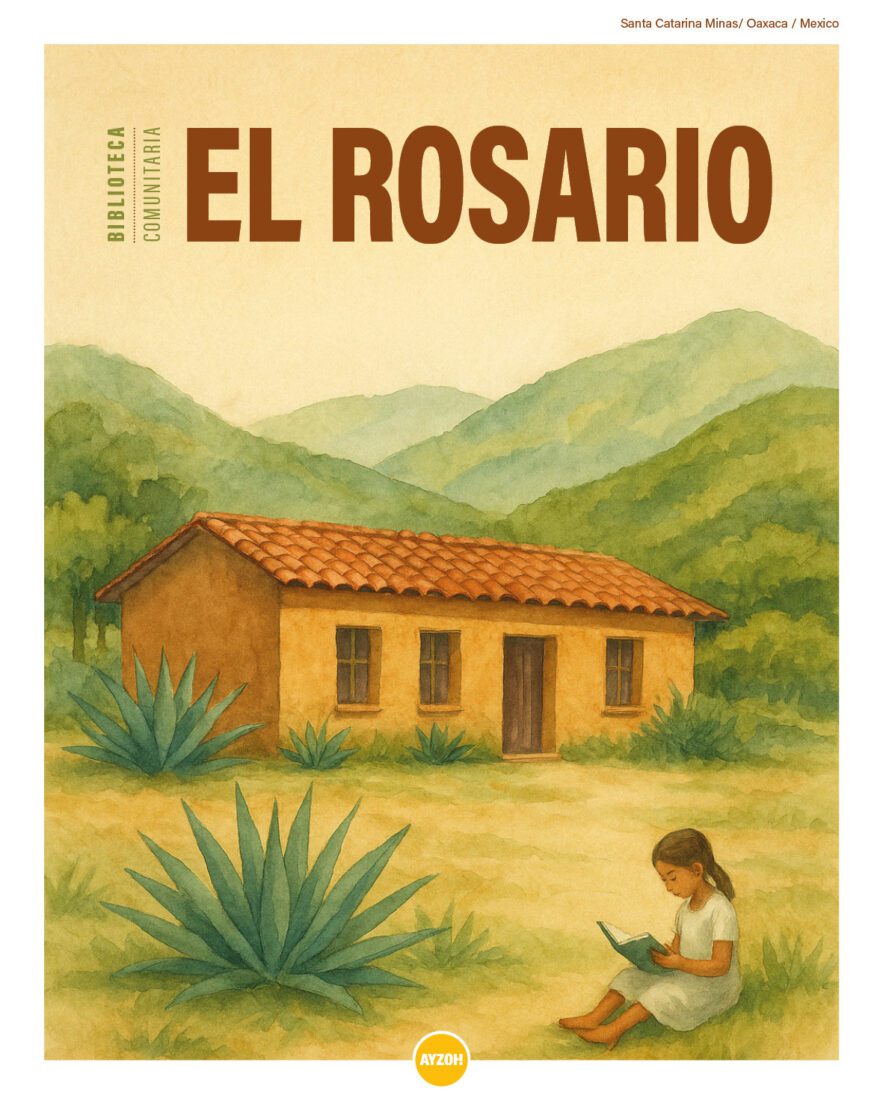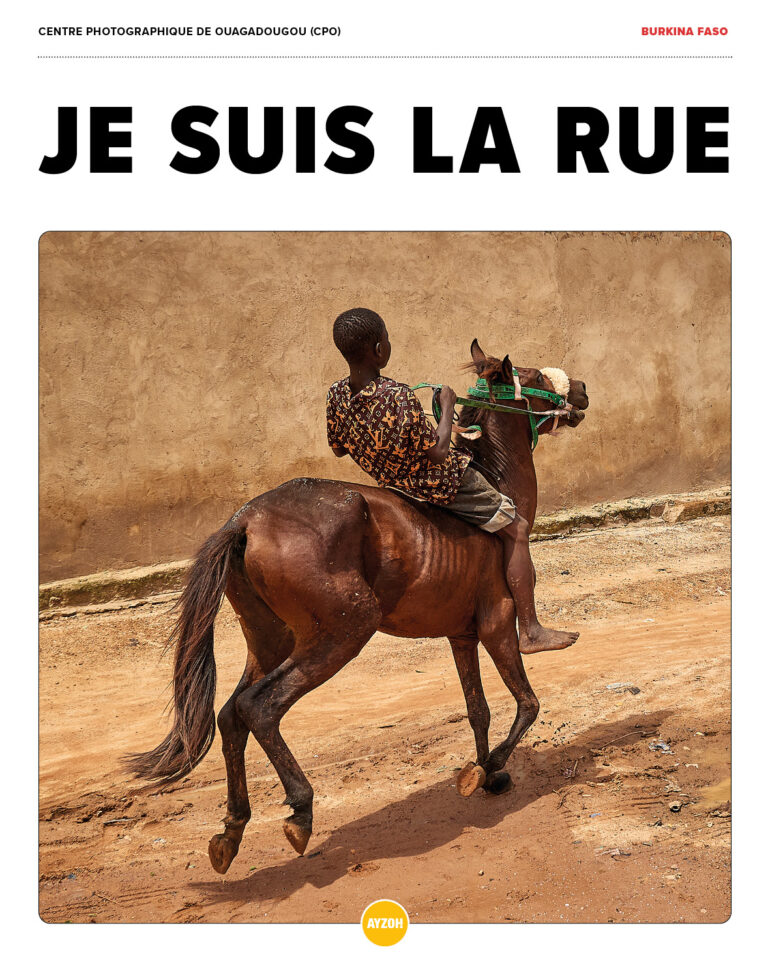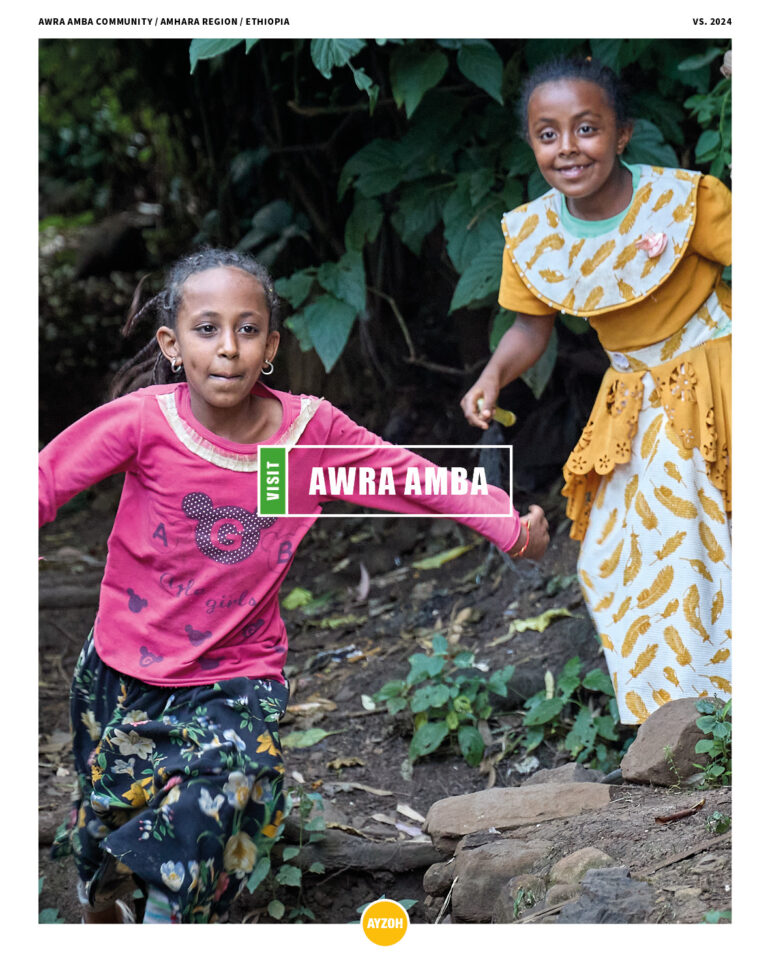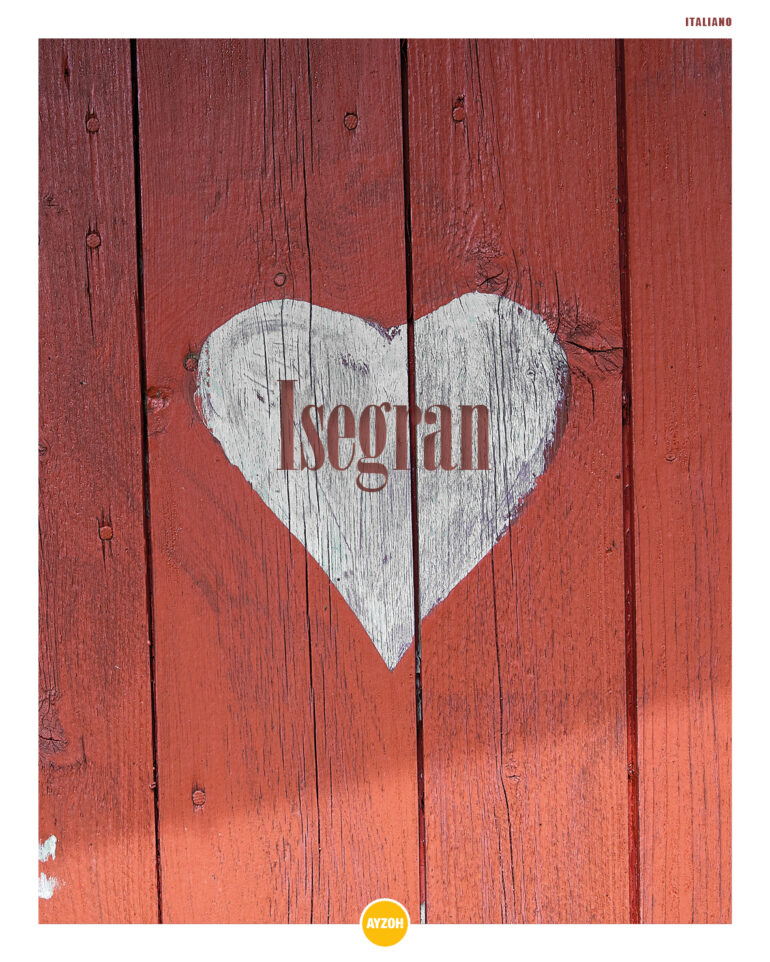In a time when inclusion is often discussed but rarely embodied, the Diversamente Danzanti project shows how movement and human connection can open up genuine spaces of participation.
Through the Hobart® Method, the body becomes a voice, the group becomes a community, and every form of difference becomes a source of expression. This is an experience where pedagogy, art, and social commitment come together—placing dignity and the uniqueness of each person at the center.
Differently Dancing—A project of inclusion through body and movement
Claudio Gasparotto, artistic director of Movimento Centrale Danza & Teatro, leads an inclusive initiative rooted in the expressive and pedagogical framework of the Hobart® Method.
Since 2011, the organization has hosted the Diversamente Danzanti workshop, open to youth and adults with disabilities and enriched with cultural outings and public performances.
Among the most memorable: Resistere, Resistere, Resistere at Teatro Comunale Francesco Stabile in Potenza, Pneuma at Teatro degli Atti in Rimini, The Poetry of Nature at Teatro Il Lavatoio in Santarcangelo, and Rehearsals for Freedom at the SMIAF International Festival in San Marino—all realized in collaboration with artists, families, and volunteers.
The Hobart Method—A somatic approach to inclusion
Created by Gillian Hobart, the method is shared by the MC team through a two-year training program designed for teachers, educators, and social workers. At its core is a kind of bodily maieutics, based on:
- deep listening to the body’s structure and intelligence
- danced movement as a non-verbal language for expression and connection
- rhythm, touch, relationship, and respect as guiding principles
Workshops: Judgment-Free Zones
The teaching philosophy of the Hobart® Method encourages free expression without judgment, celebrating each participant’s uniqueness. The work unfolds in a circle—a symbolic choice that removes hierarchy and evokes the cyclical nature of movement.
Ground contact is fundamental: it stimulates connection to oneself and to the group. Educators and experts have observed that sitting on the floor at the same bodily level encourages authentic participation—even from those with motor challenges. Floor contact reduces physical barriers and fosters deep emotional inclusion.
A Sense of Community
The workshop gives life to a relational micro-community, where difference is embraced as an expressive strength. Participants meet in a “suspended” space, free of labels, where the time spent together becomes shared experiential time. Three dimensions strongly emerge:
- Freedom and authenticity: each person’s movement is personal and uncodified
- Emotional reciprocity: dancing together, making eye contact, and touch generate empathy and closeness
- Valuing difference: every gesture, every ability becomes a shared contribution and collective knowledge
During the pandemic, Diversamente Danzanti continued online, actively involving families. Returning in person strengthened the group’s sense of belonging, transforming it into a true Collective—where different ages, abilities, and roles became shared strengths.
A Transformative Experience
The work of the MC team with the Diversamente Danzanti Collective is a physical, emotional, and social journey. Through practice and performance-study, the Hobart® Method creates an inclusive educational space where everyone can find recognition, take part, and contribute.
The workshop becomes a small-scale community where dance is accessible to all, transforming our relationship with the body, with others, and with diversity—always in a positive, empowering direction.
The Hobart Method at a Glance
Created by renowned teacher Gillian Hobart, the method is based on a somatic approach that integrates dance, education, and relational work.
It is aimed at teachers, educators, social workers, and artists interested in using the body as a tool for non-verbal communication, inclusion, and transformation.
Key principles:
- deep listening to the body and its expressive potential
- movement as a universally accessible language
- relationships built on empathy, rhythm, and respect
- The method is taught by the Movimento Centrale Danza & Teatro team through a two-year training course.
Learn more or get involved: www.movimentocentrale.org

